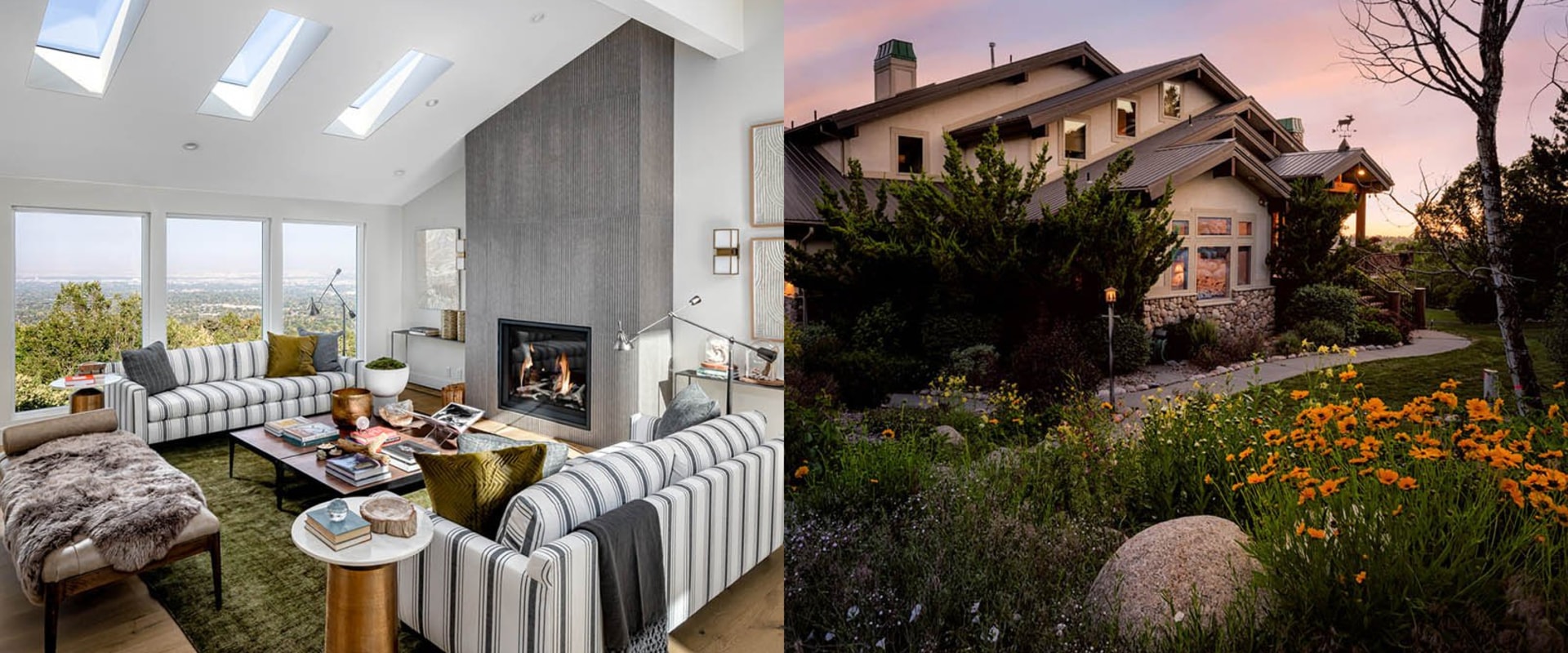In the fast-paced world of real estate, high-quality photography is no longer a luxury—it’s a necessity. Whether you're a seasoned agent, a property investor, or a homeowner trying to sell, the way a property is visually presented can significantly influence buyer interest, perceived value, and time on market. Real estate photography is more than just snapping a few pictures with a smartphone; it requires a thoughtful combination of technical skill, aesthetic judgment, and strategic planning. The first step in effective real estate photography is preparation. Before a single shot is taken, the property should be thoroughly cleaned, decluttered, and staged to highlight its strengths. Natural lighting should be maximized by opening blinds and curtains, while artificial lighting is used strategically to eliminate dark corners and maintain a balanced exposure. Attention to detail matters—wrinkled bed linens, stray cords, and crooked frames can make an otherwise beautiful space look sloppy or uninviting. Once the space is ready, choosing the right equipment is crucial. A DSLR or mirrorless camera with a wide-angle lens is preferred for capturing entire rooms without distortion. Tripods help maintain consistency across shots, particularly when using slower shutter speeds to accommodate lower light settings, while photo-editing software like Adobe Lightroom or Photoshop is used post-shoot to correct color balance, enhance brightness, and straighten lines.
Mastering Composition and Lighting
Strong composition is essential to real estate photography. Shots should be taken from waist height for most rooms to offer a natural perspective, and corner angles often work best to showcase depth and spatial relationships. Kitchens, living rooms, and bedrooms typically benefit from wide-angle shots that show layout and flow, while detail shots can be used to emphasize luxury features like backsplashes, fireplaces, or high-end appliances. Bathrooms can be challenging due to size and mirrors, but thoughtful angles and lighting can make these spaces feel more spacious and inviting. Speaking of lighting, natural light should be prioritized wherever possible. Photographers often schedule shoots during the late morning or early afternoon for optimal lighting conditions. In darker homes or those with fewer windows, additional light sources such as softbox lighting can supplement ambient light. Avoid harsh contrasts and overexposure—real estate photography should aim to look realistic yet polished, with warm, inviting tones that match the mood of the space. Flash photography should be used cautiously, ideally with bounced flash to soften shadows and preserve the room’s natural ambiance.
Exterior and Aerial Photography
Exterior shots are just as important as interiors, and they are often the first image a potential buyer sees in a listing. Curb appeal must be emphasized by mowing the lawn, trimming hedges, clearing walkways, and possibly adding potted plants or outdoor seating to give a welcoming impression. The ideal time for exterior photography is during “golden hour,” shortly after sunrise or before sunset, when lighting is soft and shadows are long. Additionally, drone photography and videography have added a dynamic new dimension to real estate marketing, offering aerial views that highlight property boundaries, proximity to landmarks, and unique features such as large gardens, swimming pools, or scenic surroundings. This is especially valuable for properties in visually striking locations, such as Queenstown holiday homes, where breathtaking landscapes can significantly elevate the appeal of a listing and captivate potential buyers who prioritize lifestyle and setting.
Virtual Tours and 3D Imaging
In the digital age, still photography is only part of a comprehensive visual marketing strategy. Virtual tours and 3D walkthroughs have become increasingly popular, particularly for out-of-town buyers or in highly competitive markets. These tools allow potential buyers to explore the layout and feel of a property at their own pace, offering a sense of immersion that static images can’t always deliver. Creating a virtual tour typically involves using specialized cameras and software such as Matterport, which stitches together a 3D model of the home that users can navigate with interactive controls. This not only enhances engagement but also helps pre-qualify leads, ensuring that those who schedule a showing are already highly interested in the property.
Working with Professional Photographers
While some sellers or agents may attempt to take photos themselves, hiring a professional real estate photographer often pays dividends. These professionals bring an eye for detail, advanced equipment, and editing expertise that can dramatically improve a listing’s visual impact. They know how to capture the right angles, adjust lighting on the fly, and polish each image to meet the standards of today’s visually driven market. Many also offer packages that include twilight photography, drone shots, and virtual staging—services that can differentiate a property in crowded listings. Moreover, investing in professional photography sends a message of quality and credibility, which can translate into faster sales and higher offers.
Conclusion: The Power of Visual Storytelling
Real estate photography is more than a marketing tactic—it’s a storytelling tool that conveys a lifestyle, evokes emotion, and drives decision-making. From initial preparation and composition to lighting, post-processing, and advanced tools like 3D tours, each step plays a crucial role in attracting buyers and closing deals. As buyers increasingly begin their home search online, exceptional photography has become the foundation of effective real estate marketing. Whether you're listing a modest starter home or one of the most luxurious Queenstown holiday homes, great photography can be the difference between a listing that lingers and one that sells with confidence and speed.







